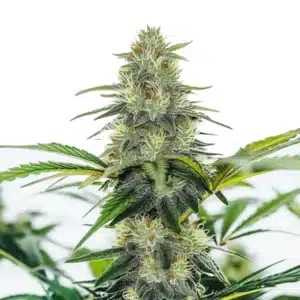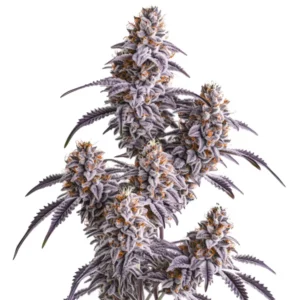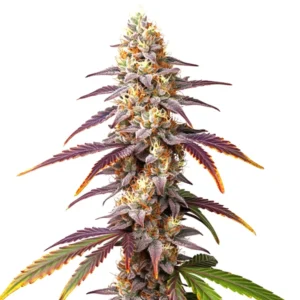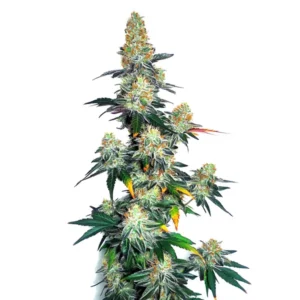
Best pH for Flowering Stage in Soil
When it comes to cultivating cannabis, reaching optimal conditions is crucial for robust growth and thriving plants. Among these factors, soil pH holds a significant role during the flowering stage. Knowing the best pH for flowering stage in soil enables growers to ensure their plants effectively uptake essential nutrients, promoting healthier buds and maximizing yields.
What is Soil pH?
Soil pH refers to the level of acidity or alkalinity within the soil. The pH scale ranges from 0 to 14, with 7 considered neutral. Values below 7 indicate acidity, while values above suggest alkalinity. For cannabis, comprehending pH is indispensable throughout all growth phases, but its importance peaks during flowering.
Recommended Strains
AK x White Widow Auto
|
|
THC | 18% - 24% (Medium) |
|
|
Type | Autoflowering |
|
|
Yield | Low |
|
|
Phenotype | 60% Indica / 40% Sativa |
Auto White Widow CBD
|
|
CBD | 10% – 12% (Medium) |
|
|
Type | CBD Autoflowering |
|
|
Yield | Low |
|
|
Phenotype | 40% Indica / 60% Sativa |
During the flowering stage, cannabis plants necessitate specific nutrients for vigorous growth and high-quality bud production. If the pH becomes unbalanced, nutrient lockout can occur, which means the plants can no longer absorb the nutrients they require. This situation can lead to stunted growth, poor-quality flowers, and ultimately diminished harvests.
Promos & Deals
Ideal pH Range for Flowering Cannabis
The best pH for flowering stage in soil generally ranges from 6.0 to 7.0. This pH range promotes ideal nutrient uptake while minimizing problems associated with pH imbalance. Each nutrient has its ideal pH for absorption; maintaining the appropriate range ensures that cannabis plants receive adequate nutrition throughout this critical period.
For example, at a pH level of about 6.0, plants can efficiently absorb vital nutrients like nitrogen, phosphorus, and potassium, which are crucial for healthy blooming. Conversely, allowing pH levels to drift higher can result in deficiencies of essential nutrients, which may hinder the overall health and yield of your plants.
Signs of pH Imbalance
How can you identify if your cannabis plants are suffering from pH imbalance during their flowering stage? Here are several signs to monitor for:
- Yellowing Leaves: Yellowing may indicate nitrogen deficiency, which is often a result of high pH levels.
- Browning Leaf Edges: Browning can signify nutrient burn due to overly low pH levels.
- Stunted Growth: If your plants aren’t developing as expected, check the pH; it might be a contributing factor.
- Pale Buds: If buds appear pale or underdeveloped, improper pH may be inhibiting nutrient uptake.
Be vigilant for these symptoms. Often, simply correcting the pH level in your soil can revive plant health and enhance overall growth. Regular monitoring will make a significant difference in preventing and addressing potential issues.
How to Test Soil pH
Testing the pH level of your soil is a straightforward task, and there are multiple methods that growers can choose from. Here are some common options:
- pH Meter: A digital pH meter provides accurate readings and is simple to use. This is often the most reliable method.
- pH Test Strips: These strips change color based on the analyzed pH level. While more affordable, they might be less precise than meters.
- Soil Test Kits: Available at gardening stores, these kits generally combine pH testing with nutrient analysis, providing comprehensive insights.
No matter which method you prefer, regular testing, especially during the flowering phase, is crucial. Keeping an eye on pH levels will enable you to create the best possible environment for healthy growth and abundant yields.
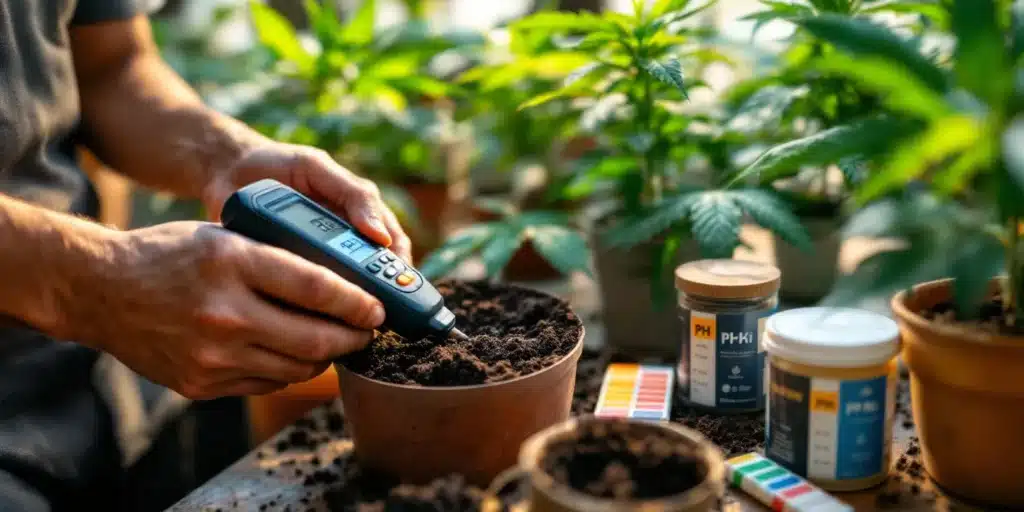
Adjusting Soil pH
Should you find that the pH is outside the desired range, there are several steps you can take to adjust it:
- To Lower pH: Incorporating sulfur pellets or coffee grounds into your soil can help to slowly acidify it.
- To Raise pH: Adding lime (calcium carbonate) or wood ashes may increase alkalinity and help balance pH levels.
It’s essential to make adjustments gradually and incrementally. Sudden fluctuations can stress your plants, so closely monitoring their reactions will help maintain health throughout the transition.
Nutrients and Their pH Preferences
Every nutrient exhibits an optimal pH for effective absorption. During the flowering stage, knowing these preferences can dramatically enhance your plants’ growth potential:
- Nitrogen: Best absorbed between pH 6.0 and 7.0. Essential for leaf and stem growth.
- Phosphorus: Requires a pH level around 6.5 to 7.0 for effective uptake, crucial for flowering and root development.
- Potassium: Thrives in slightly acidic conditions, with ideal absorption occurring between pH 6.0 and 6.5. Vital for overall plant health and bud quality.
By ensuring that soil pH remains in this favorable range, growers can significantly support their plants in acquiring the essential nutrients they need for a fruitful flowering process and high-quality buds.
Choosing the Right Soil
The type of soil you select can greatly influence pH and overall plant health. Different soil types naturally exhibit various pH levels. Here are some tips to ensure you choose an appropriate medium:
- Opt for Quality Soil Mix: Pre-mixed soil specifically created for cannabis cultivation can provide a balanced pH environment.
- Examine Organic Content: Organic soils typically offer better pH stability and can enhance nutrient absorption.
- Add Soil Amendments: Consider incorporating compost or other organic materials to enrich soil quality and support pH balance.
Selecting the right soil significantly affects how easily you can maintain an ideal pH during flowering, ultimately impacting the health and yield of your plants.
Recommended Strains for Optimal Flowering
For growers eager to maximize their flowering success, certain strains remain prominent for their robust growth and exceptional flower quality. Here are three recommended strains that thrive under proper pH management:
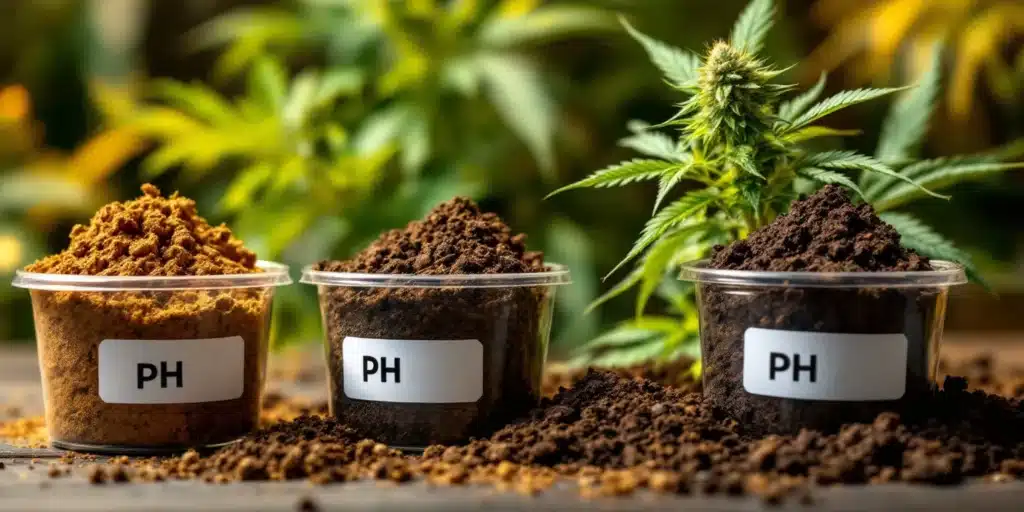
- Blue Dream: This strain is famed for its balanced effects and flourishes with keen pH regulation, leading to rewarding yields.
- Girl Scout Cookies: A popular hybrid, it produces impressive yields when environmental conditions are optimized.
- White Widow: Known for its powerful effects, White Widow tends to thrive in slightly acidic soil conditions, benefiting greatly from pH mindfulness.
Selecting the right strain can profoundly impact your flowering phase’s success. Each strain has unique preferences regarding nutrients and environmental factors, so being attentive to these needs can improve your growing experience and enhance your harvest.
FAQs
What pH should my soil be during the flowering stage for cannabis?
The ideal pH range for flowering cannabis in soil is typically between 6.0 and 7.0. This balance ensures the efficient uptake of nutrients and promotes healthy plant growth.
How do I know if my plants are experiencing pH issues?
Monitor your plants for symptoms like yellowing leaves, leaf burn, or stunted growth. These signs may indicate that nutrient absorption is being hindered due to an unbalanced pH level.
How often should I test my soil pH?
Regular testing is advisable, especially during the flowering phase. Conducting tests every two weeks can help preemptively catch issues before they significantly impact your plants.
Can I adjust the soil pH quickly?
It’s beneficial to implement adjustments gradually to prevent stressing your plants. Rapid changes can introduce more problems than solutions, so aim for small, incremental shifts.
Does the type of soil affect pH levels?
Yes, varying soil types can possess different baseline pH levels. Choosing high-quality soil suited for cannabis can bolster efforts to maintain the necessary pH for healthy growth.
What happens if I don’t manage pH during flowering?
Failing to manage pH levels can result in nutrient lockout, reduced growth, and subpar bud quality. Proper pH management is critical to achieving vibrant flowering and healthy harvests.


